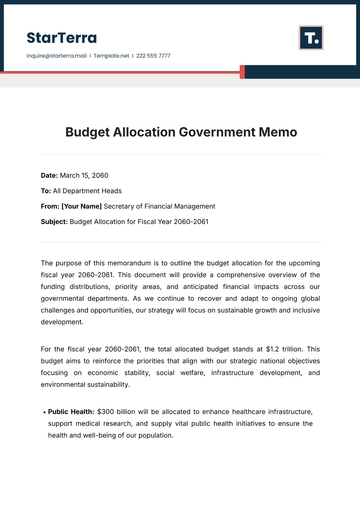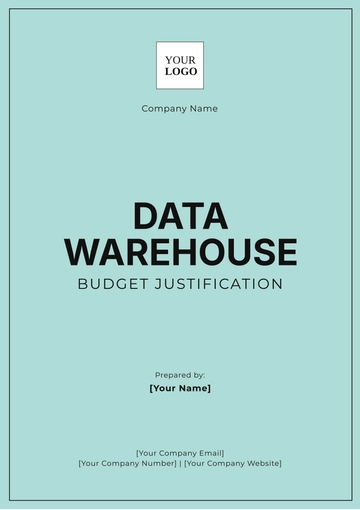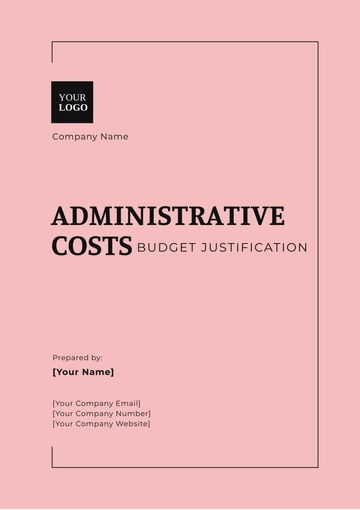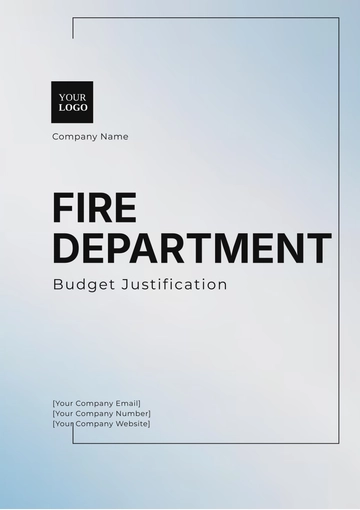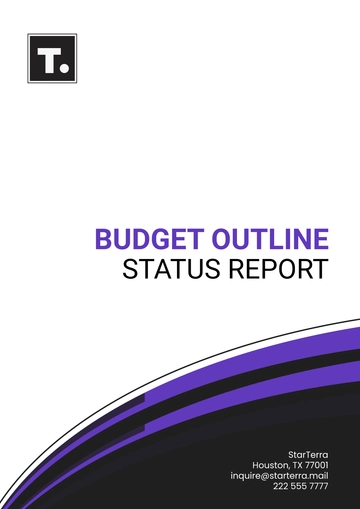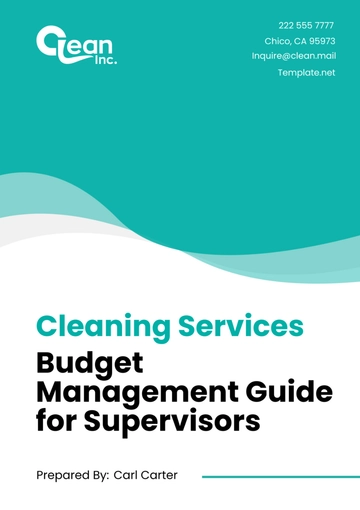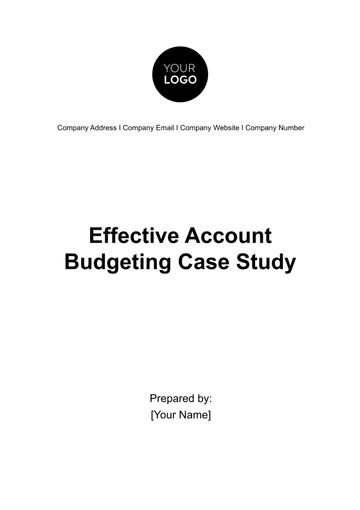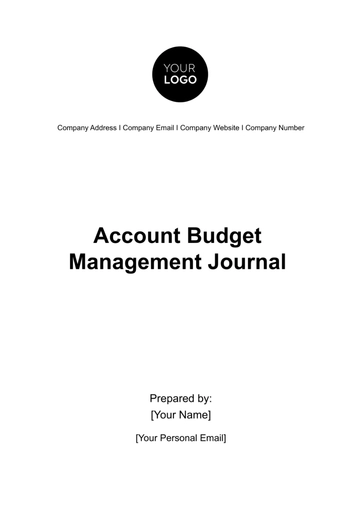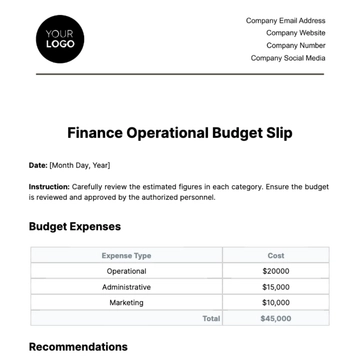Free Cleaning Services Budget Management Guide for Supervisors
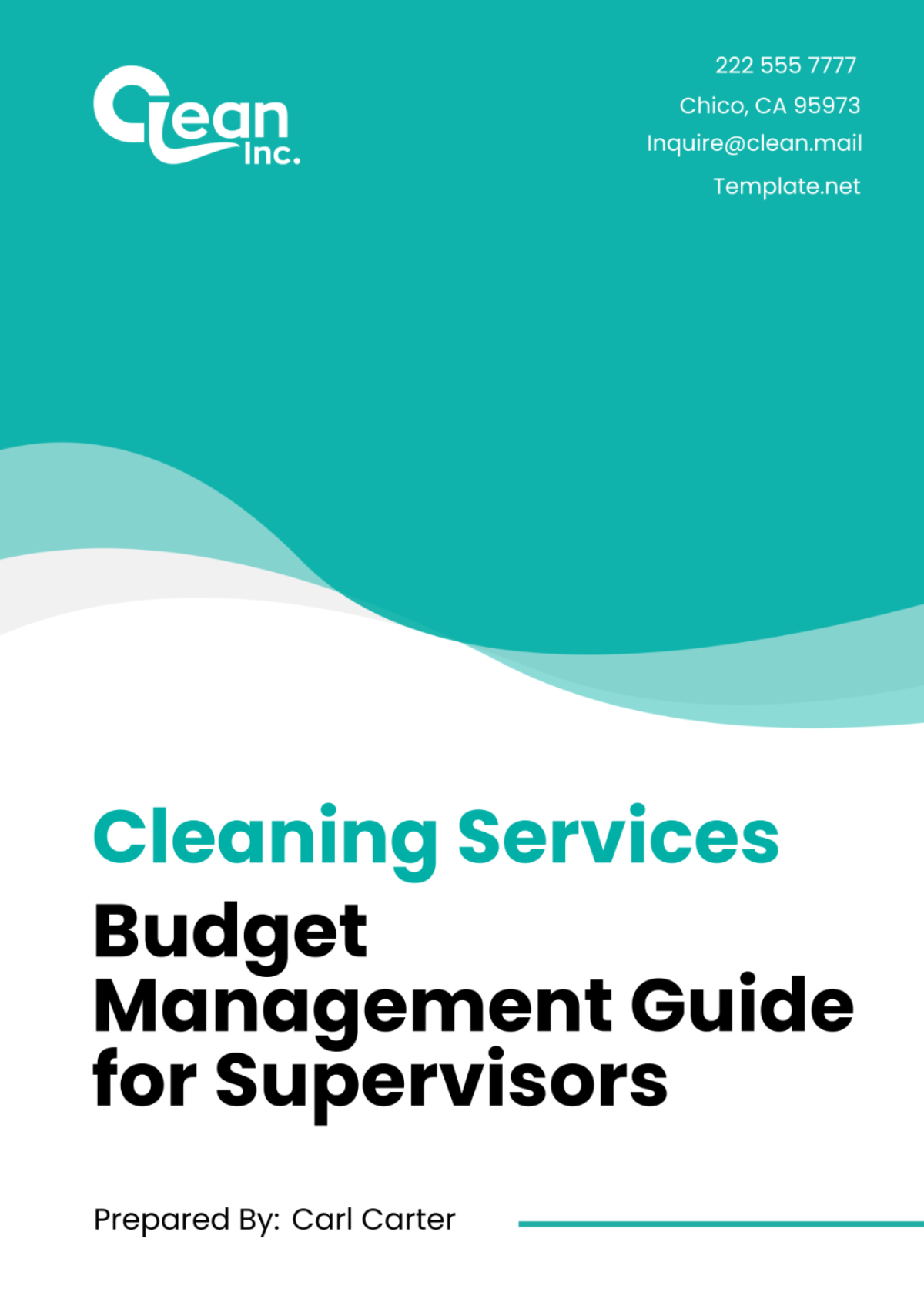
1. Getting Started
Recognizing the pivotal role of budget management in cleaning services, this guide establishes a solid foundation for supervisors. With an emphasis on efficient resource allocation and expenditure minimization, supervisors are empowered to uphold cleanliness standards effectively. The objectives include fostering comprehension of the budgeting process, honing expense tracking skills, implementing cost-saving strategies, and emphasizing transparent communication regarding budget matters.
Objectives:
To provide an understanding of the budgeting process within the sector of cleaning services.
To develop the ability to categorize, track, and manage expenses effectively.
To impart strategies for cost-saving and early identification of potential budget overruns.
To stress the importance of communication reportage pertaining to budget-related matters.
2. Budget Planning for Cleaning Services
Effective budget planning is crucial for maintaining operational efficiency in cleaning services. This section outlines six fundamental steps to streamline the budget planning process, ensuring alignment with organizational goals and optimal resource utilization.

a. Establish Budgetary Objectives: Align budget goals with the organization's financial objectives to ensure congruence.
b. Identify Potential Expenses: Thoroughly list all expenses including labor, supplies, and machinery maintenance.
c. Estimate Costs: Utilize quotes or historical data to forecast expenditure accurately.
d. Develop a Budget Timeline: Align the budget timeline with operational schedules for coherence.
e. Allocate Resources: Distribute resources based on budgetary requirements and operational needs.
f. Review and Adjust: Regularly review budget performance and adjust allocations as necessary for optimal results.
3. Managing Expenditures
Comprehending diverse expense categories and mastering effective budget allocation are pivotal for successful budget management. This section provides a comprehensive breakdown of expense categories pertinent to cleaning services. From labor costs to supplies and equipment maintenance, supervisors gain insights into optimal allocation strategies. By understanding and managing expenditures adeptly, supervisors can uphold service quality while maximizing budget utilization.
Expense Category | Allocation Percentage |
|---|---|
Labor | 50% |
Supplies and Equipment | 25% |
Machinery Maintenance | 15% |
Overhead Costs | 10% |
4. Supervising Savings and Contingencies
Implementing cost-saving measures is instrumental in optimizing budget utilization without compromising service quality. Consider the following strategies:
a. Vendor Contract Negotiation
Regularly review vendor contracts and negotiate terms to secure favorable pricing and terms.
b. Energy-Efficient Practices
Adopt energy-efficient cleaning practices and equipment to reduce utility costs and environmental impact.
c. Technology Integration
Explore technologies such as cleaning automation systems or inventory management software to enhance operational efficiency and reduce labor costs.
d. Contingency Planning
Planning for unforeseen circumstances is essential to maintain operational continuity and financial stability. Here are key aspects to consider:
Emergency Fund Allocation
Set aside a portion of the budget for unforeseen expenses or emergency situations, such as equipment repairs or sudden staffing needs.
Operational Continuity Strategies
Develop contingency plans to ensure uninterrupted service delivery during emergencies, such as backup staffing arrangements or alternative supply sources.
Risk Assessment and Mitigation
Conduct regular risk assessments to identify potential threats to budget stability and implement mitigation strategies accordingly.
5. Reporting and Inter-Departmental Communication
Ensuring transparent and effective communication regarding budgetary matters is essential for organizational cohesion and financial accountability.
a. Consistent Reporting
Regular and accurate reporting facilitates informed decision-making and fosters accountability within the organization. Key aspects of reporting include:
Timely Updates: Provide regular updates on budget status and expenditure trends to relevant stakeholders.
Detailed Analysis: Include comprehensive analysis of budget variances, trends, and potential areas for improvement.
Transparency: Maintain transparency by sharing relevant financial information with appropriate stakeholders.
b. Inter-Departmental Communication
Promoting open lines of communication between departments enhances collaboration and ensures alignment with organizational goals. Consider the following communication strategies:
Regular Meetings: Schedule regular meetings or check-ins with relevant departments to discuss budgetary matters and address any concerns.
Cross-Departmental Collaboration: Encourage collaboration between departments to identify cost-saving opportunities and streamline processes.
Clarifying Expectations: Clearly communicate budgetary expectations and responsibilities to all departments to ensure alignment with organizational objectives.
Following organization-specific protocols for budget reporting and inter-departmental communication fosters transparency, accountability, and effective budget management across the organization.
- 100% Customizable, free editor
- Access 1 Million+ Templates, photo’s & graphics
- Download or share as a template
- Click and replace photos, graphics, text, backgrounds
- Resize, crop, AI write & more
- Access advanced editor
Optimize financial oversight with the Cleaning Services Budget Management Guide for Supervisors Template from Template.net. This editable and customizable template offers supervisors strategies and tips for managing budgets effectively. Editable in our Ai Editor Tool, it's crucial for ensuring cost efficiency and financial health in your cleaning services operations.
You may also like
- Budget Sheet
- Personal Budget
- Non Profit Budget
- Monthly Budget
- Project Budget
- HR Budget
- Company Budget
- Home Budget
- Weekly Budget
- College Budget
- Business Budget
- Construction Budget
- Small Business Budget
- Hotel Budget
- Annual Budget
- Home Renovation Budget
- Household Budget
- Student Budget
- Grocery Budget
- Marketing Budget
- Corporate Budget
- Startup Budget
- Manufacturing Budget
- Church Budget
- University Budget
- Annual Budget Plan
- Event Budget
- Operating Budget
- Travel Budget
- Food Budget
- IT and Software Budget
- School Budget
- Real Estate Budget
- Sales Budget
- Conference Budget
- Budget Finance
- Freelancer Budget
- Budget Advertising
